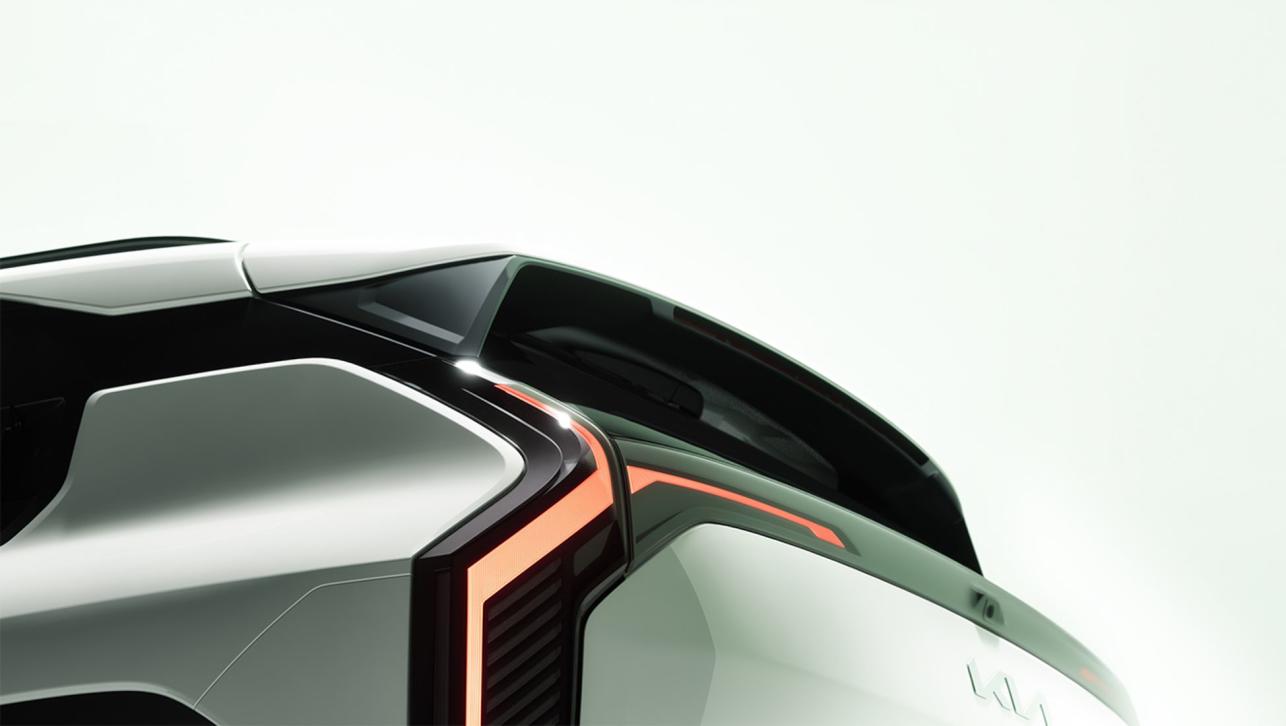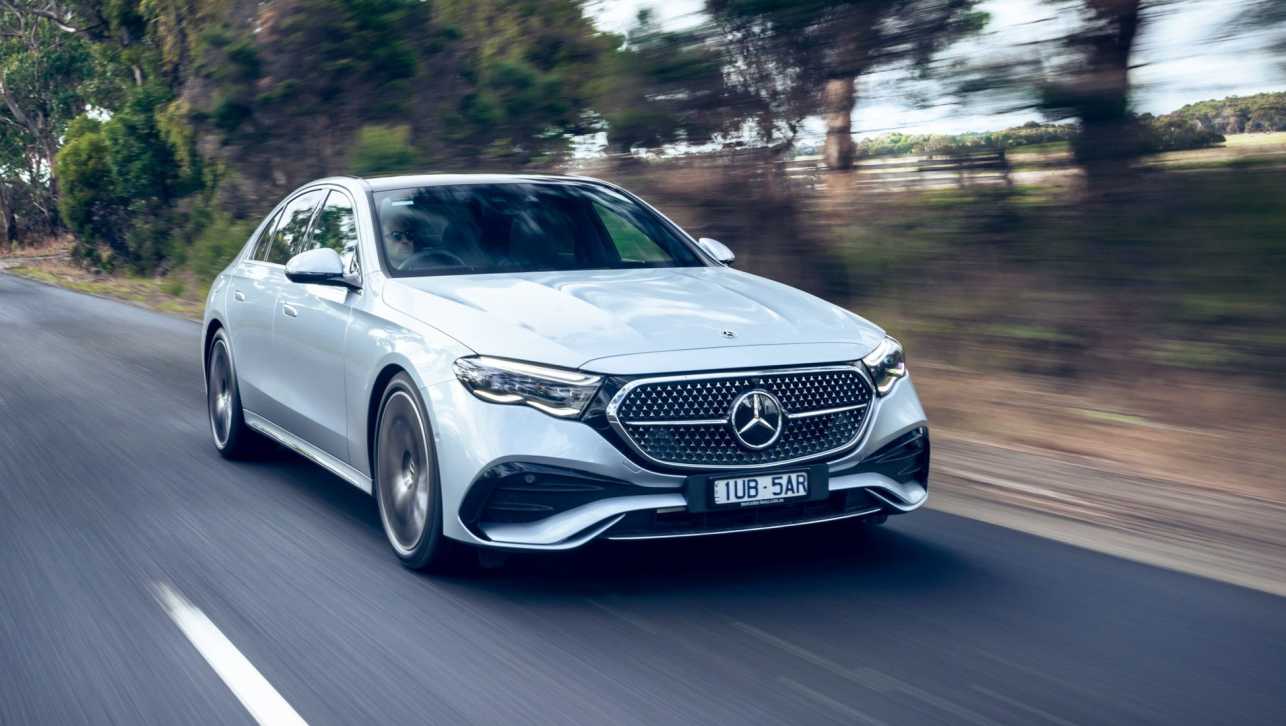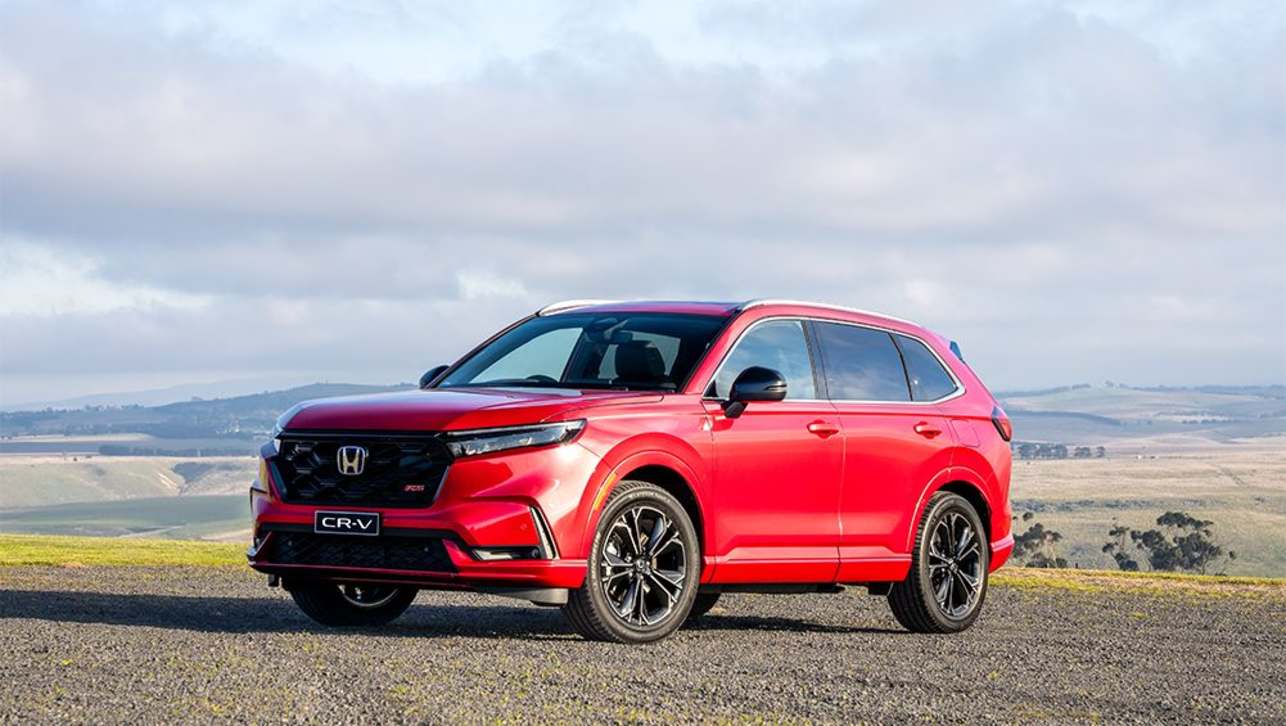Thus putting the V6 version of its new Accord up against the Falcon, Commodore and Aurion.
It might seem puzzling that the Japanese carmaker would be so keen to enter a field that has been hard hit by fuel price rises, with sales shrinking drastically over the past few years.
But Honda says it has the answer to this with the V6’s variable cylinder management (VCM) system, which runs the engine on either all six, four or three cylinders – according to demand.
Where other systems use lifters to stop engine valves from opening, Honda uses the I-VTEC valve timing technology, which it says means seamless integration.
Basically, when the VCM senses high-speed highway cruising it shuts off cylinders 3 and 4 in the front and rear banks, and when it detects light cruising or deceleration it shuts off the rear bank of three cylinders.
This constant changing would normally make for quite a racket, but Honda says it has solved that problem with active engine mounts and a noise control system that uses microphones in the cabin to pick up low-frequency noise and then counteract it with opposite phase sound waves broadcast through the audio speaker – even when the stereo is turned off.
The 3.5-litre engine develops 202kW of power at 6200rpm and 339Nm of torque at 5000rpm, delivering that to the wheels via a five-speed sequential automatic with paddle shifts.
Honda says that with the VCM it manages fuel economy of 10L/100km on a combine cycle _ just 1.2L above the base model VTi Accord’s four-cylinder that produces 133kW at 6500rpm and 222Nm at 4300rpm, mated to the same auto transmission.
And while the four gives off just 209g/km of CO2 emissions, the V6 produces only 30g more.
Accord has always been technology leader for Honda, and the safety offered by the new model’s stronger body structure is enhanced by stability control — which will be standard on every Honda by 2010 – traction control, and dual chamber front and side airbags.
Base model equipment on the $29,990 VTi also includes audio controls on the steering wheel, MP3 jack, cruise control and anti-skid brakes with assistance systems for demanding situations.
Moving up the levels to $36,490 VTi-Luxury, $38,490 V6 and $46,990 V6-Luxury variously adds side curtain airbags, active front headrests, plus goodies like leather, sunroof, trip computer, reversing camera, satnav and premium audio, depending on model.
These are contained in a package that is stronger and larger in every direction – and is now longer than the Commodore, Falcon and Aurion and beats the last two on height. That it still looks smaller is down to the designers visually `shaving’ the body with rounded corners and subtle lines.
Styling has been given a fresh and more aggressive look, with pronounced fender flares and strongly sculpted fascias set off by angular light clusters.
Accord has been a strong seller for Honda, with 16 million sold globally since it was introduced in 1976. When it arrived in Australia a year later it became the first Japanese car to take out the Wheels Car of the Year award, and 30 years of success have followed. Honda hopes to see 800 of the new generation rolling off the floor every month “as a starting point”.
ON THE ROAD
Leaving aside the special engine mounting system, Honda’s explanation of sound waves coming through inactive stereo speakers sounded a bit spooky, but it does work. If there was any extra roughness from the continual changing back and forth through six, four and three cylinders, we couldn’t detect it.
Engine performance was smooth and seamless, and the only sign we had of the changes was when the little `ECO’ sign flashed on the instrument panel. And it did that under some surprising conditions – in Sport mode, and even going up gentle slopes.
Weight is up by about 75kg, but it’s not really noticeable on the road with the V6, although the four-cylinder started to wheeze a little on the steeper hills, while the transmission got a bit noisier and tended to change up too early – which is admittedly good for fuel economy.
The F1 style paddle gearshifts on the steering wheel are well-positioned, easy to use and have the transmission changing quickly – but also flicking back into full auto quickly if you haven’t selected Sport mode.
The variable gear ratio steering feels slightly too light at first, and seems disassociated with what’s happening on the road. However as the speed rises it improves with more weight and feel.
Although Honda says there is no difference in the suspension systems, the V6 seemed to have markedly superior manners. Where the four-cylinder tended to occasionally skip across bumps, the V6 was calm and composed, and in the end we put it down to the difference in tyres.
The cabin is airy and pleasant in the front row, and there is more legroom than most people will ever need, even in the back.
But middle position in the rear row is still a squeeze, and somewhat uncomfortable, with the tunnel hump in the floor and the raised section in the seat cushion that provides a subtle bucket effect for the two outer passengers.
So while the car is billed as a five seater, like even the larger sedans you have to think of it as a four if you’re on any kind of lengthy trip.
One surprising trait of Honda is that they don’t differentiate the Luxury model with different badging, so only you will know whether or not you’ve shelled out the extra to grade up.
But whether you have or not, you’ll get quite a bit of car for the money.


.jpg)

.jpg)


.jpg)



.jpg)
















.jpg)
















Comments